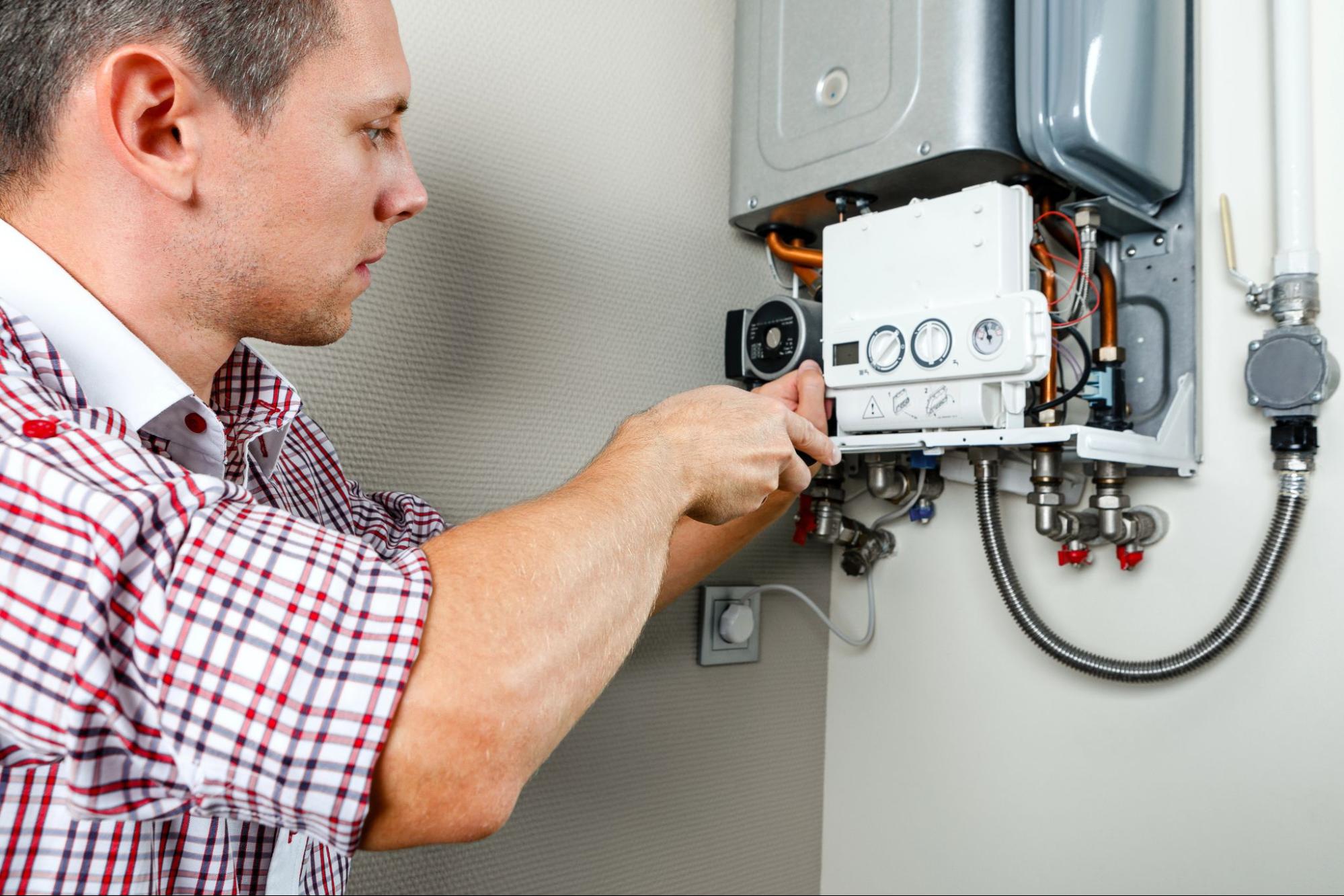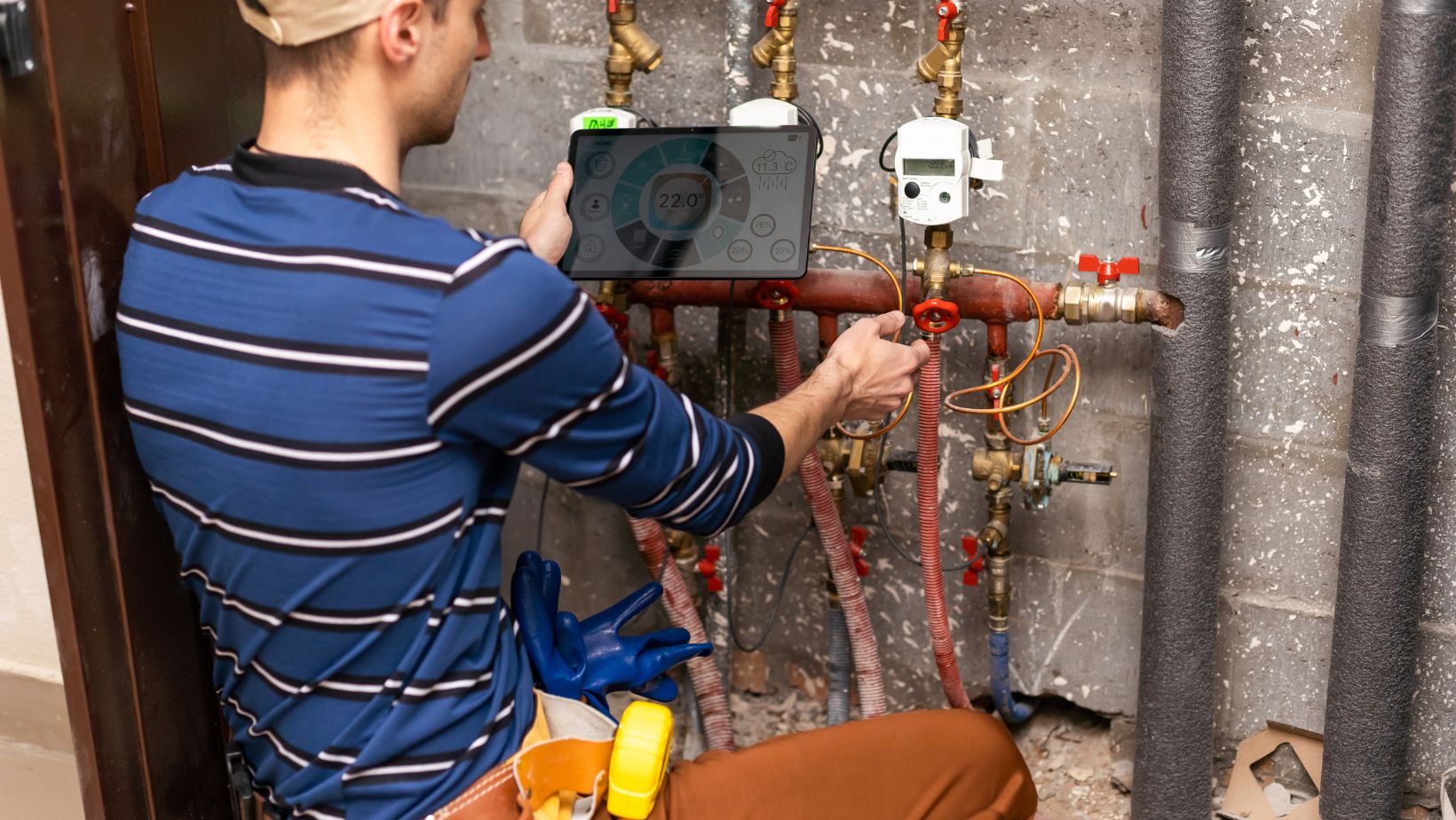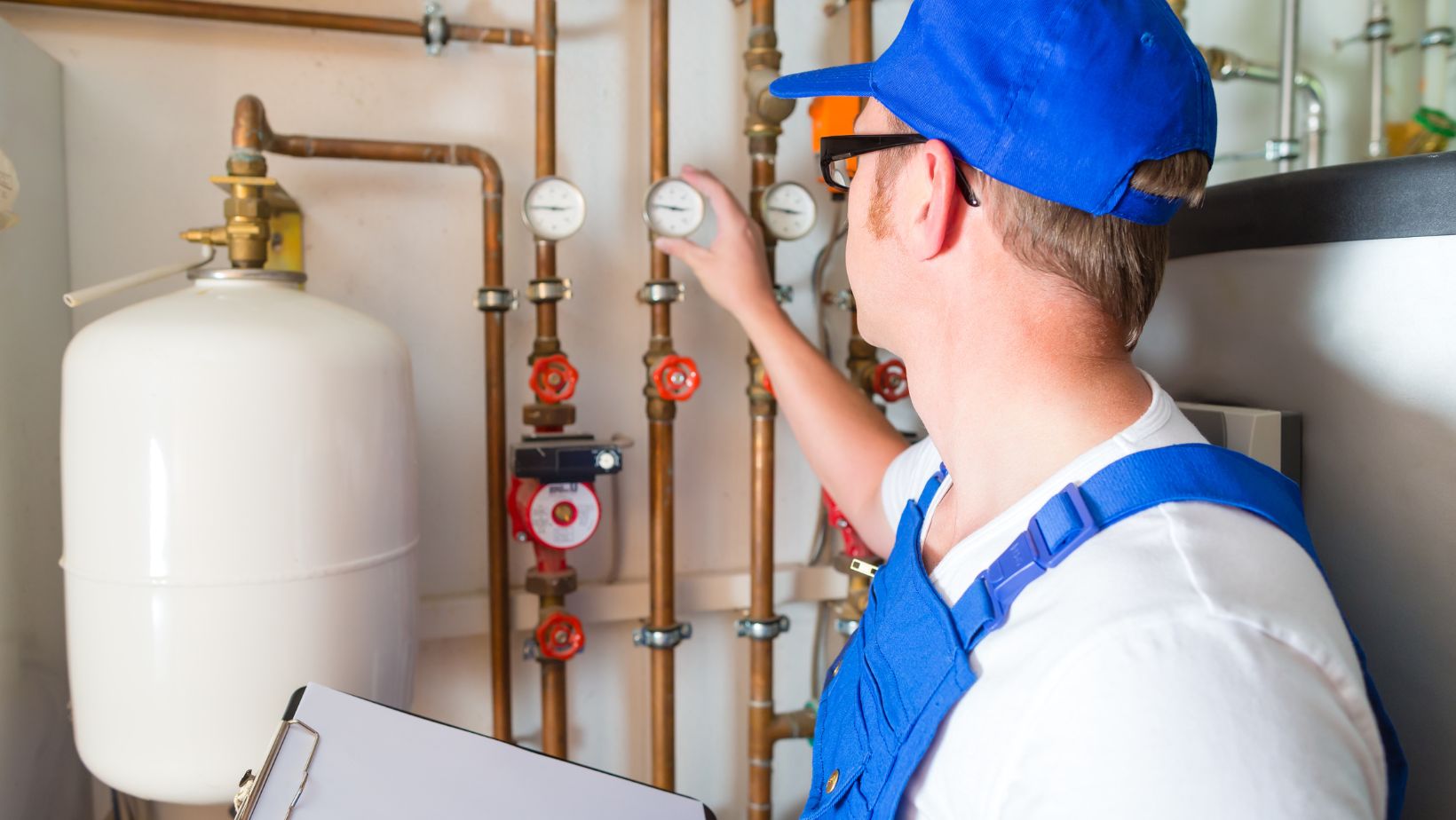
With the rise of modern conveniences, instant gas hot water systems have become increasingly popular in households across Australia. These systems offer a range of benefits, making them an attractive option for homeowners looking to enhance their living spaces. Energy efficiency and convenience are at the heart of this choice, offering on-demand hot water without the need for bulky storage tanks.
This article explores everything homeowners need to know about installing instant gas hot water systems. It covers installation processes, key considerations, and the associated costs. Understanding these aspects is crucial for making informed decisions and ensuring a seamless integration into your home.
Understanding Instant Gas Hot Water Systems
Instant gas hot water systems, often referred to as continuous flow systems, heat water only when needed. Unlike traditional hot water systems that store and maintain a tank full of hot water, instant systems function by heating water directly as it flows through the unit. This process is not only more energy-efficient but also ensures unlimited hot water supply.
Key differences between traditional and instant systems include the elimination of standby heat loss and space-saving benefits. Traditional systems maintain a constant temperature within the tank, consuming unnecessary energy, while instant systems heat only what is required.
Choosing gas over electric systems for hot water offers further advantages. Gas systems tend to be more environmentally friendly as they often have lower greenhouse gas emissions. Additionally, they are usually cheaper to run due to the lower cost of gas compared to electricity. Hence, they provide both environmental and cost benefits that appeal to many households.
Pre-Installation Considerations
Before taking the plunge into installing an instant gas hot water system, there are several factors homeowners need to consider. Initially, it’s essential to check for necessary permits and ensure compliance with local building codes. This legal clearance is crucial to avoid any complications down the road.
Conducting a home energy assessment can provide insights into your household’s energy usage and optimal system size. Moreover, the compatibility of your home’s existing plumbing infrastructure plays a vital role. An assessment of pipe sizes and connections will determine if additional modifications are necessary, potentially affecting installation costs.
Choosing the Right System for Your Home
The market offers a variety of instant gas hot water systems in different types and sizes. Selecting the appropriate capacity is essential and should align with your household size and water usage habits. A larger household with high water demand would necessitate a system with higher flow rates to ensure comfort and efficiency.

When comparing brands and models, consider key features, warranty offerings, and eco-ratings. While it might be tempting to opt for cheaper models, investing in a reliable system with a good warranty can reduce future maintenance costs and enhance longevity.
Cost analysis of instant gas hot water systems should include both upfront costs and long-term savings. Although initial expenses may be higher than traditional systems, the energy savings over time often make up for the difference. Prospective buyers should weigh these factors carefully to make a sound investment.
The Installation Process Explained
Understanding the installation process can demystify any concerns regarding transitioning to an instant gas hot water system. Here’s a basic outline of the steps involved:
1. Assessment and Planning: A professional installer will first assess your property to plan the installation.
2. System Selection and Sizing: Based on the assessment, the right system is chosen and sized for efficiency.
3. Installation of Components: This includes setting up the unit, connecting gas lines, and modifying existing plumbing as required.
4. Testing and Commissioning: The system is thoroughly tested for leaks and operational efficiency.
Professional installers are crucial, and DIY approaches are discouraged due to the complexities and safety requirements. An average installation might last from a few hours to a day, potentially causing temporary disruptions. Post-installation checks ensure everything operates safely and efficiently, securing your investment.
Maintenance and Safety Tips
Proper maintenance practices can substantially extend the lifespan of your instant gas hot water system. Regular inspections and cleanings prevent sediment buildup, ensuring efficient operation. Additionally, keep an eye out for signs of trouble in instant gas hot water systems, such as fluctuations in water temperature or unusually high gas bills. These can indicate potential issues requiring professional attention.
Common troubleshooting tips include checking for blockages in the water flow and ensuring no obstructions in the venting system. Annual professional inspections are advisable to preempt any hidden issues.
Safety should remain a top priority. Ensure the area around your gas system is well-ventilated and free from combustible materials. Routine checks for gas leaks, which could pose serious risks, are indispensable for safe operation.
Conclusion
In summary, instant gas hot water systems are an innovative solution for modern households, marrying convenience with energy efficiency. This article has covered essential elements of understanding, choosing, and installing these systems, highlighting the importance of thorough preparation and professional assistance.

Homeowners are encouraged to see these systems as a worthy investment that balances benefits, costs, and environmental impact. For those considering this upgrade, reaching out to professionals with expertise in installation and maintenance is a sensible next step. By making informed decisions, one can enjoy endless hot water while contributing to energy conservation and cost savings.






